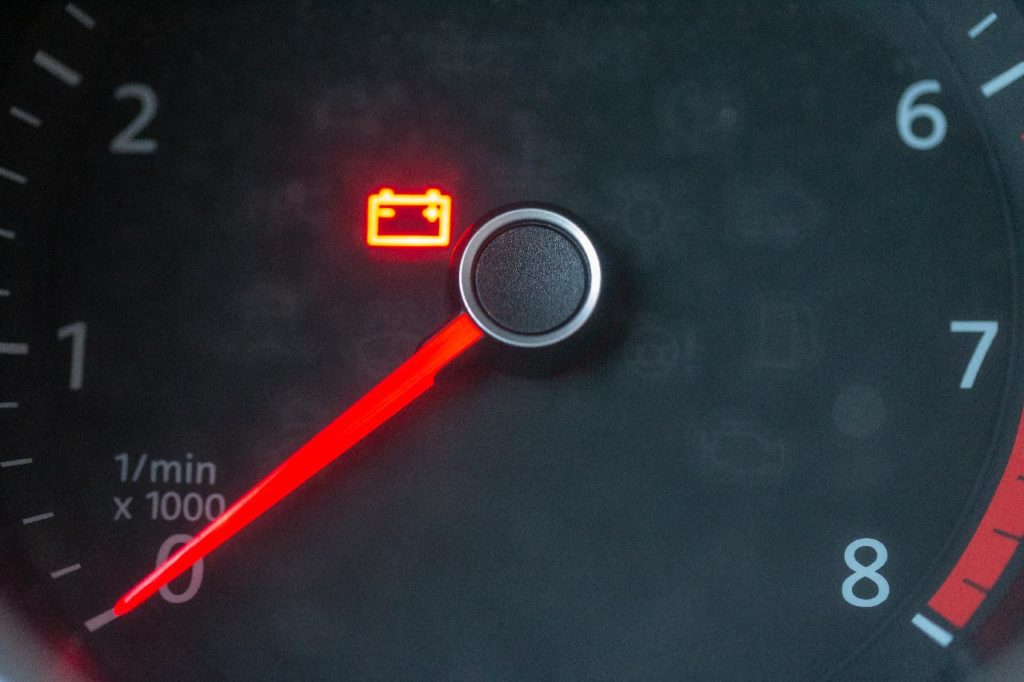There are so many different symbols and warning lights that appear on your vehicle’s dashboard from time to time. It can be confusing to decipher what each symbol means. This is especially true because some of the symbols vary from vehicle to vehicle, so one symbol on your truck may look different than another symbol on your car… but both symbols could indicate the same issue.
However, warning lights on your vehicle are just that—lights that warn you that something may be wrong with your vehicle, and you should examine it at your earliest convenience, especially if the warning light is blinking. Failure to pay attention to the warning lights on your vehicle may result in you on the side of the road, needing a tow, and that is never what you’re shooting for. To help you understand what your vehicle’s warning lights mean, we’ve broken down a few of the most common warning signs so that you can check the appropriate parts of your vehicle when they turn on.
Check Engine Light
Probably the easiest and most decipherable warning light on your vehicle is the check engine light. It normally blinks and says “Check Engine,” quite literally. However, sometimes the check engine light just looks like a little engine symbol without the words accompanying it. Take some time to look through your vehicle owner’s manual so you know exactly what your check engine light looks like. If your check engine light starts blinking, immediately pull over and check your engine. Blinking normally indicates that something is urgently wrong. But, if your check engine light turns on and stays on, check that your gas cap is secured because this is one of the most common reasons why your check engine light may turn on and stay on. Having your local auto store run a computer test to discern what code is making the engine light turn on is worth doing, too.
Tire Pressure Light
If you see an exclamation mark in the middle of a round icon that looks a little like one of your tires, this is your tire pressure light. A tire pressure light often comes on when your vehicle senses that one of your tires has low air pressure or you may have a punctured tire. It’s important to carefully examine your tires after this light goes on, checking the air pressure if you can’t see any visible puncture marks, nails, or sharp objects in your tires. You should definitely inflate or deflate your tires to the recommended pressure (PSI) that is indicated directly on your vehicle’s tires. If you spot a puncture, it’s best to get that patched up or replaced right away. Driving on a punctured tire could result in a flat tire or your tire blowing out while you’re driving, which could cause an accident.
Oil Pressure Light
Your oil pressure light is easy to discern as it normally contains an oil can and indicates that your oil is too low or your engine isn’t getting lubricated enough. Without proper lubrication, your engine can wear down very quickly, so this should be addressed as soon as possible. Stop by your local convenience store or even a gas station to purchase some oil to refill your vehicle. Take it in for an oil change if you’ve reached the mileage or the date indicated on your vehicle’s last oil change sticker.
Although these three warning lights are probably the most common vehicle warning lights that turn on, there are lots more including traction control, engine temperature, and anti-lock brake warning lights that indicate other parts of your vehicle may be malfunctioning. Always keep an eye out for any warning lights on your vehicle and do your best to examine what they mean. This will help you avoid roadside emergencies. However, if you ever find yourself on the side of the road thanks to a warning light that didn’t give you enough warning, give Tow Pro a call at 615.256.TOWS(8697). Our experienced operators will help you discern exactly what you need to the best of our ability and send out a tow truck at any time of day or night.


